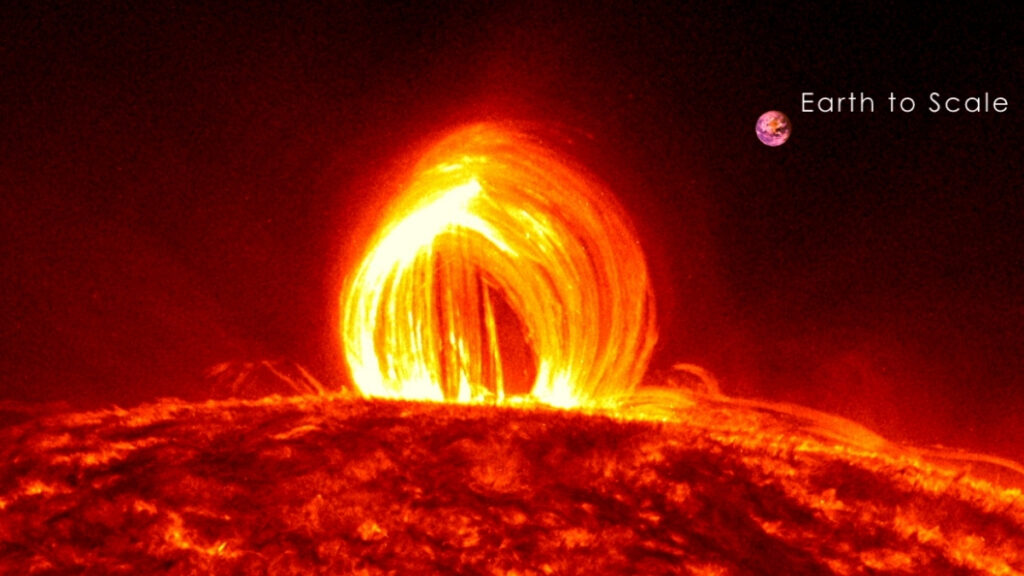
Researchers have made significant strides in understanding the phenomenon known as solar rain, which occurs on the Sun, a massive thermonuclear sphere that reaches temperatures in the millions of degrees. This rain consists of superheated plasma, primarily made up of elements such as iron, silicon, and magnesium. The findings, originating from the Institute for Astronomy (IfA) at the University of Hawai’i, reveal the intricate dynamics behind this captivating solar occurrence.
Understanding Coronal Rain on the Sun
While it may sound surprising, the Sun does experience a form of rainfall. Unlike the water droplets falling on Earth, solar rain comprises cool, dense blobs of plasma that descend from the Sun’s corona, its outermost atmospheric layer. As this plasma falls, it interacts with the Sun’s magnetic fields, creating visually striking arcs that can reach heights equivalent to five Earths stacked on top of one another.
The exact mechanisms behind solar rain formation remain unclear. It is often observed following violent solar flares, which are sudden eruptions of energy on the Sun’s surface. Current research suggests that this phenomenon may be linked to rapid shifts in the distribution of elements within the Sun’s corona, contrary to earlier assumptions that these distributions remained constant over time.
Luke Benavitz, an astronomy graduate student at IfA and co-author of the study, explained, “At present, models assume that the distribution of various elements in the corona is constant throughout space and time, which clearly isn’t the case.” The researchers conducted simulations that allowed for variations in elemental distribution, resulting in a notable finding: coronal rains could begin condensing after just 35 minutes instead of the hours or days previously predicted.
Implications for Solar Physics
The implications of these findings are profound. The research indicates that when elemental variations are taken into account, the models align more closely with actual observations on the Sun. “It’s exciting to see that when we allow elements like iron to change with time, the models finally match what we actually observe on the Sun,” Benavitz noted, highlighting the newfound accuracy in solar physics.
While the researchers acknowledge that other mechanisms likely contribute to solar rain, they emphasize the critical role of shifting elemental abundances. These changes affect radiative energy loss, where spikes in radiation can cause significant temperature drops at the peaks of coronal loops. This phenomenon creates a feedback loop that enhances cooling effects and promotes the formation of coronal rain.
Jeffrey Reep, an astronomer at IfA and co-author of the study, remarked, “This discovery matters because it helps us understand how the Sun really works.” The research not only sheds light on the complexities of solar rain but also suggests that the existing models of coronal heating may require reevaluation.
Published in The Astrophysical Journal, this study underscores the need for continued investigation into the Sun’s behaviors and phenomena. As scientists delve deeper into these solar mysteries, there is a growing recognition that previously held assumptions may no longer hold true, paving the way for exciting new research avenues in solar physics.






